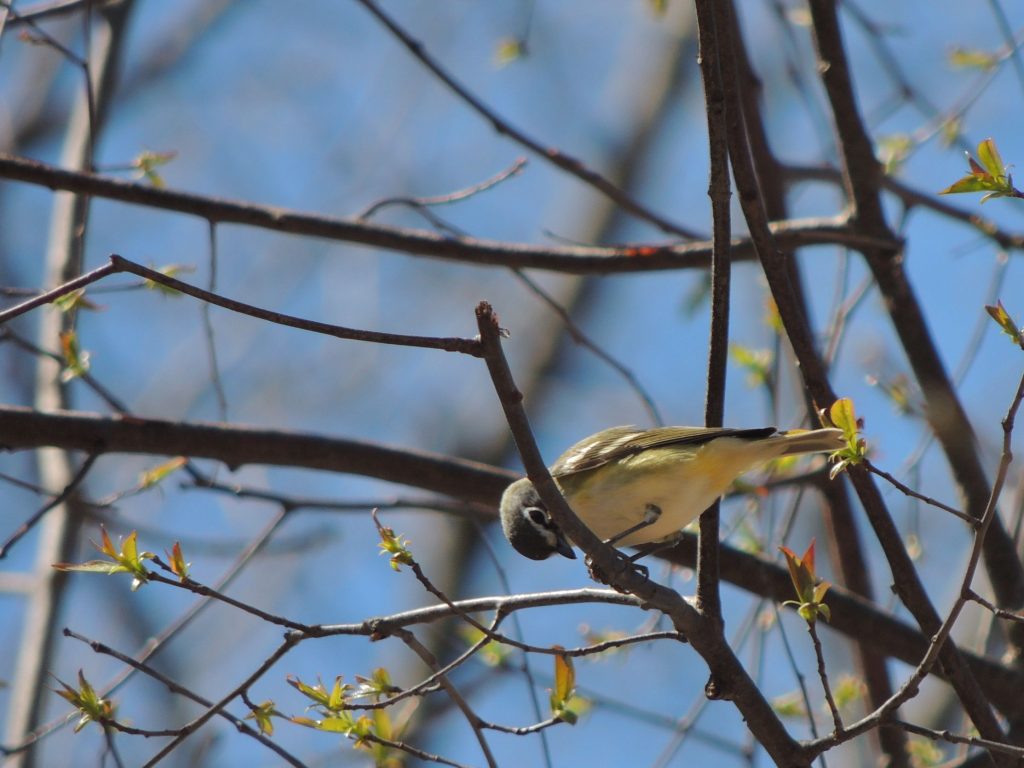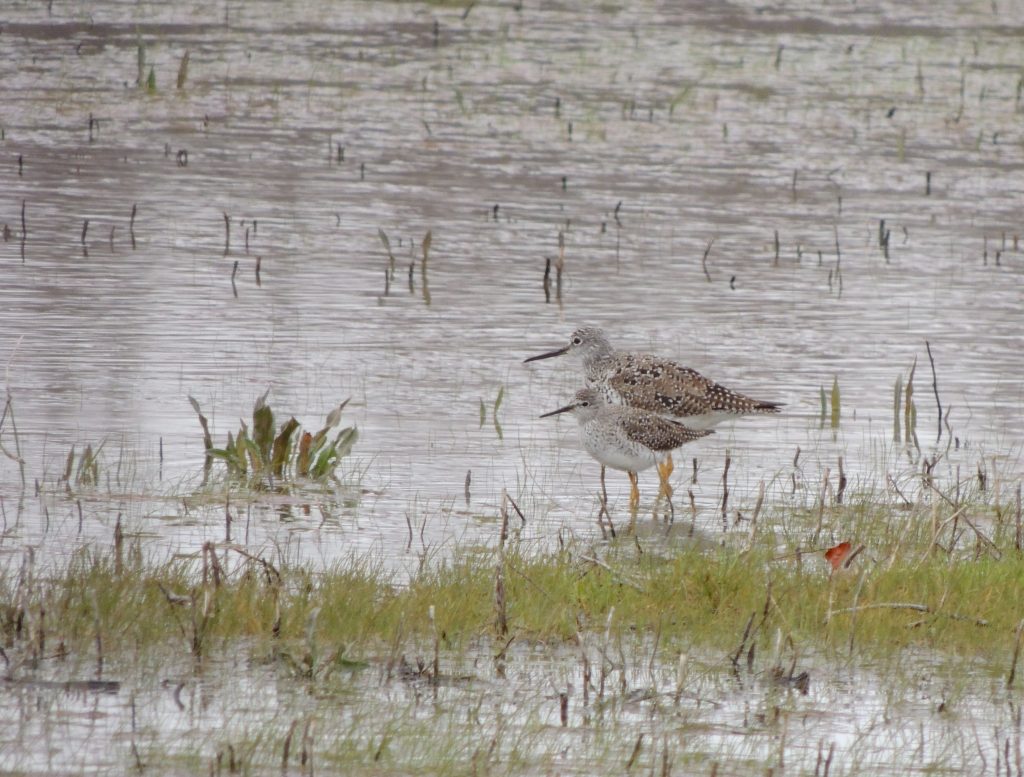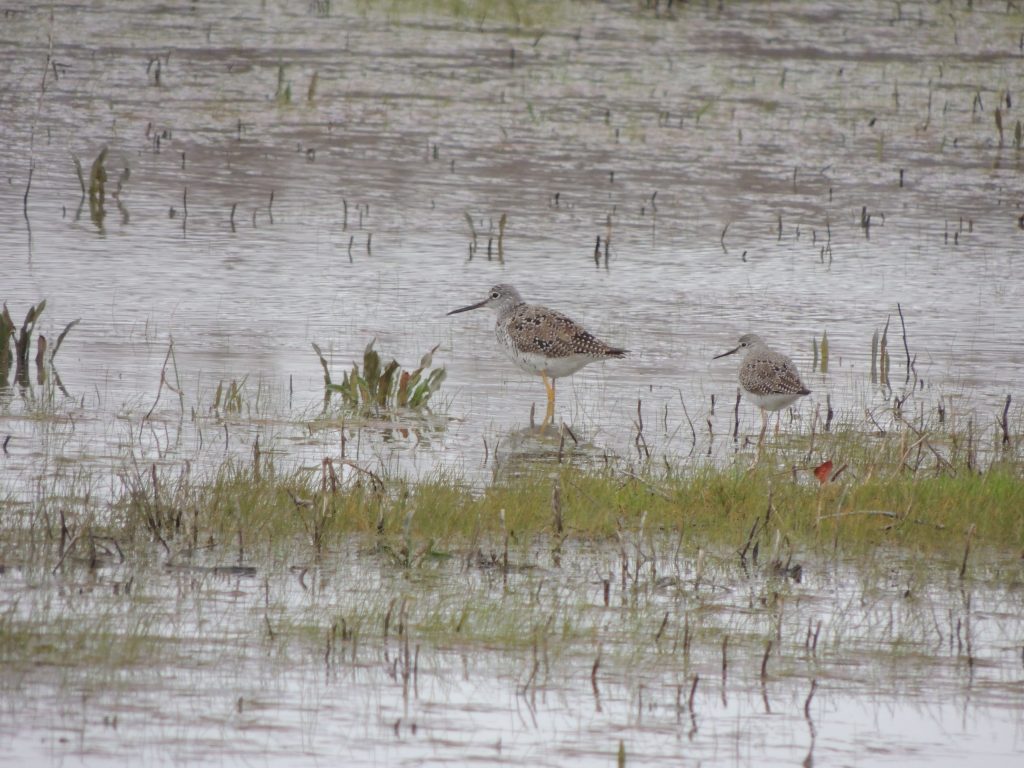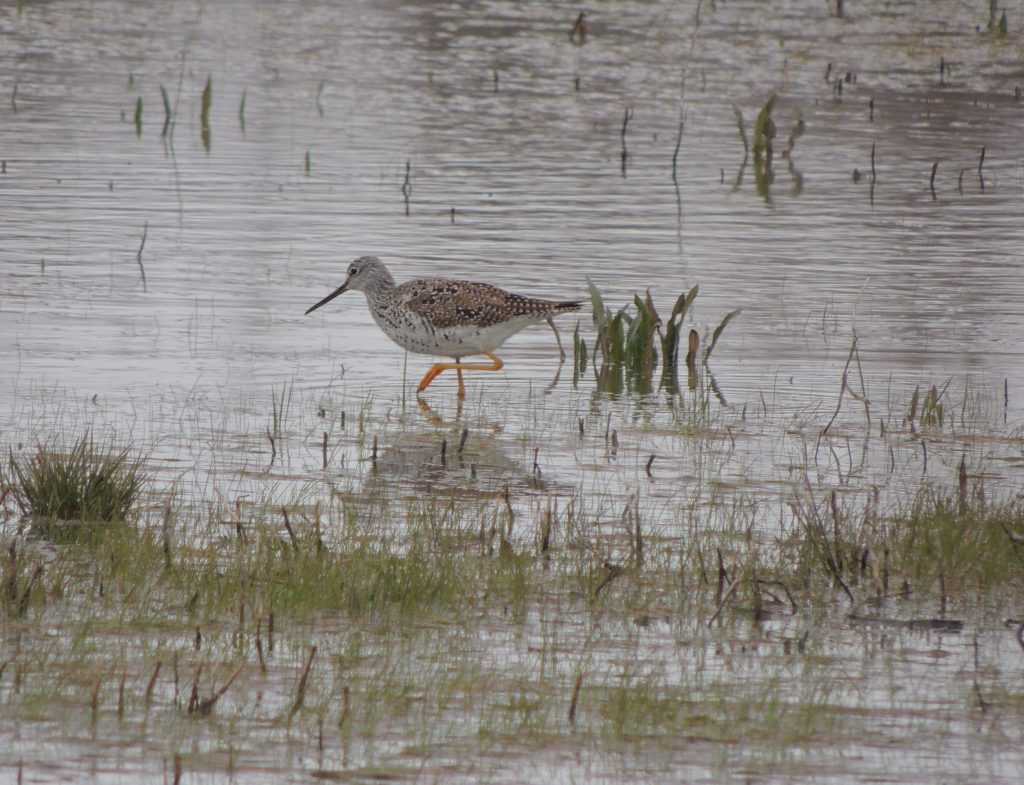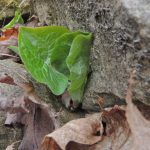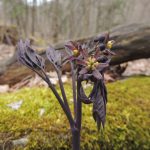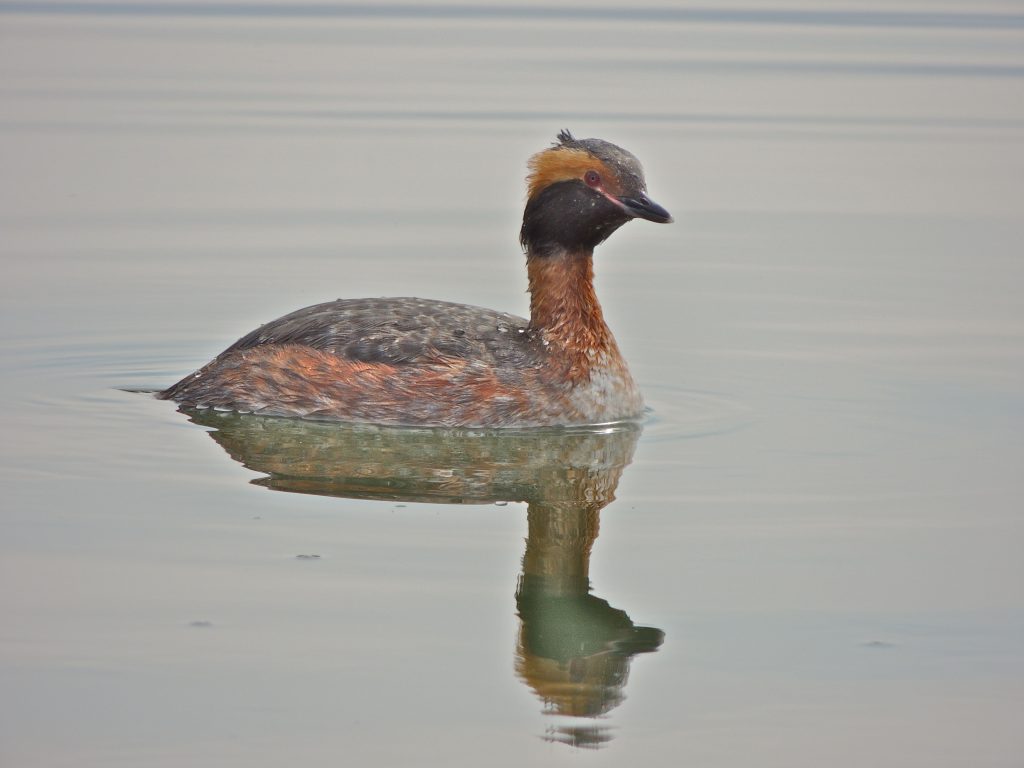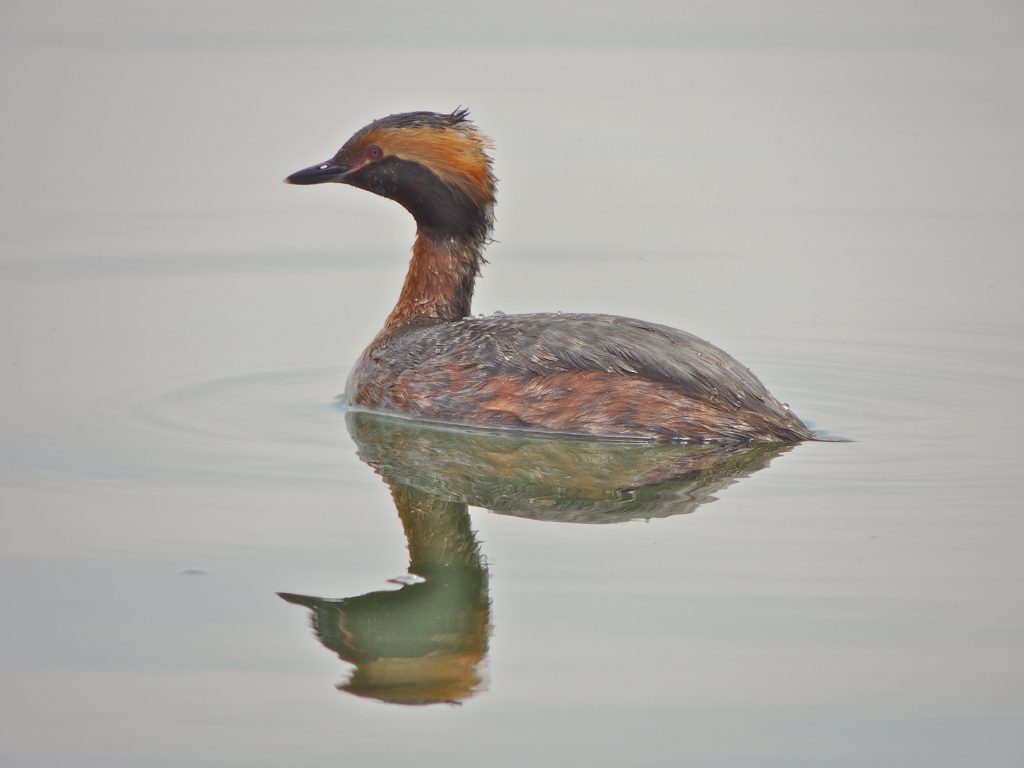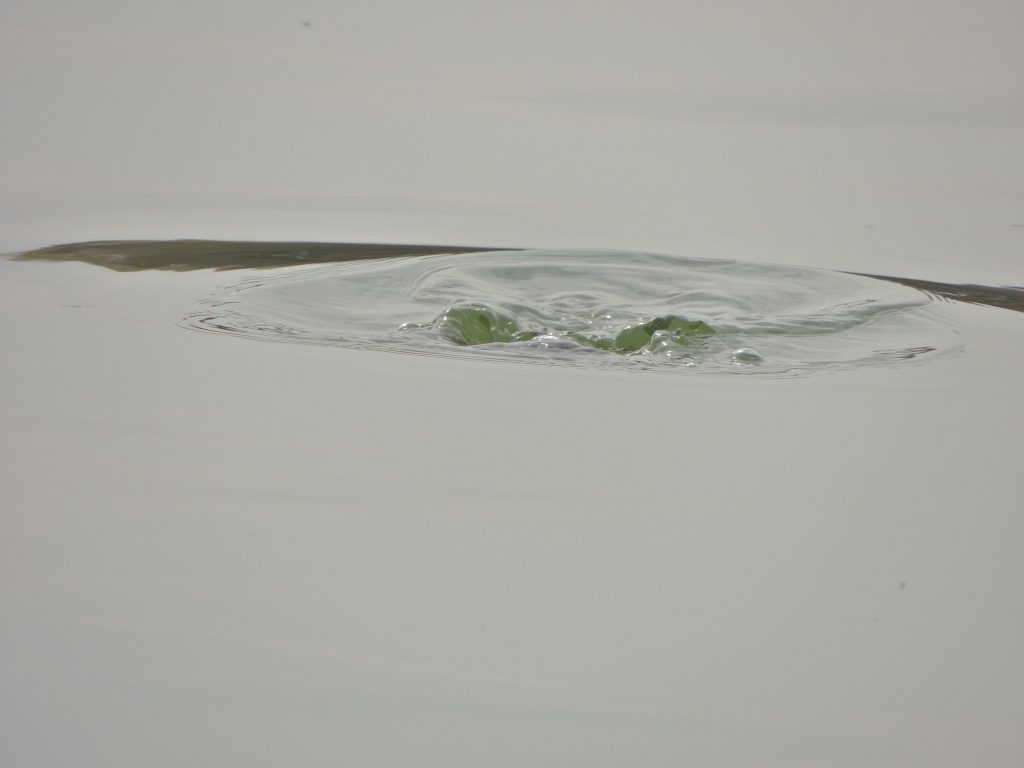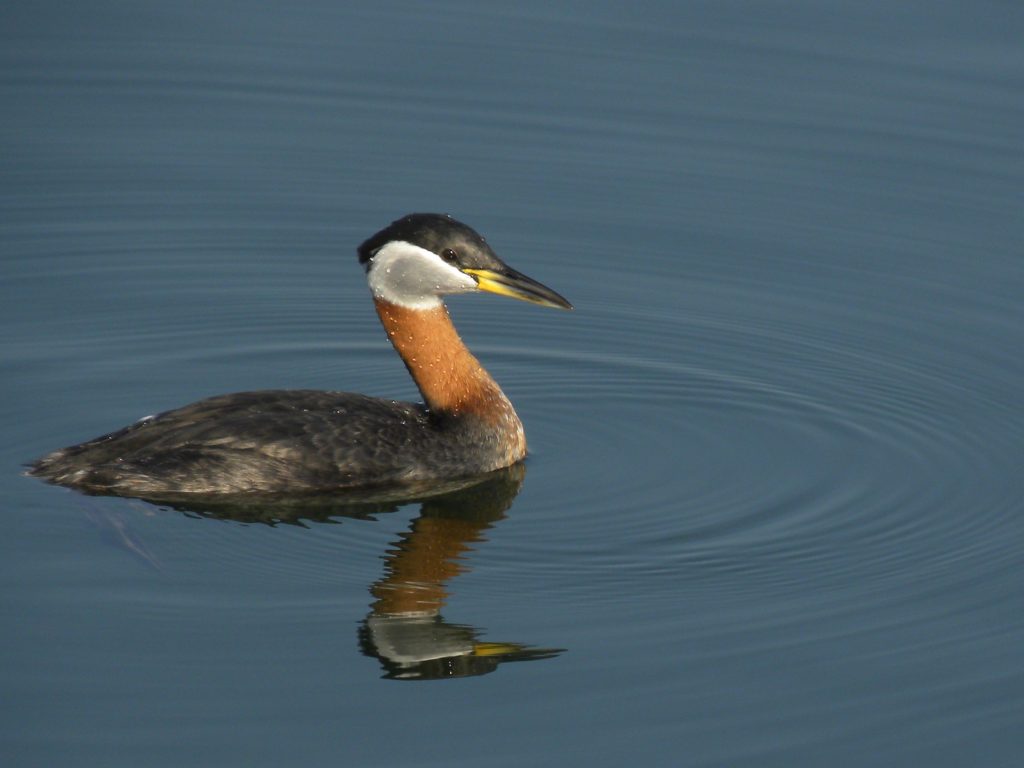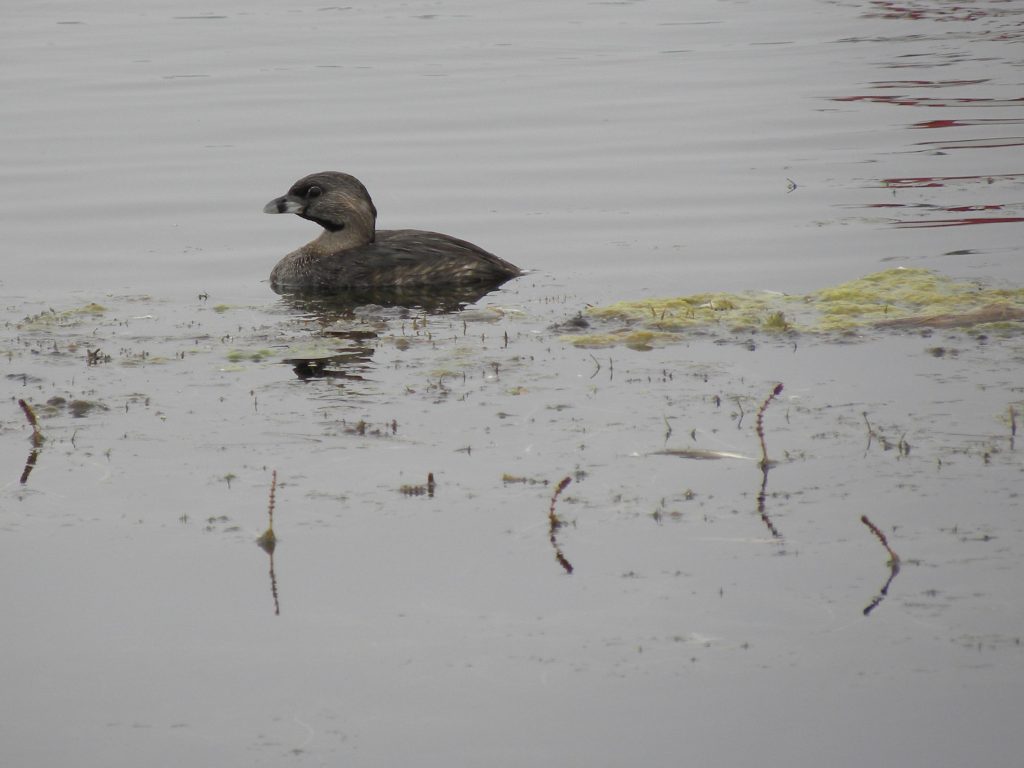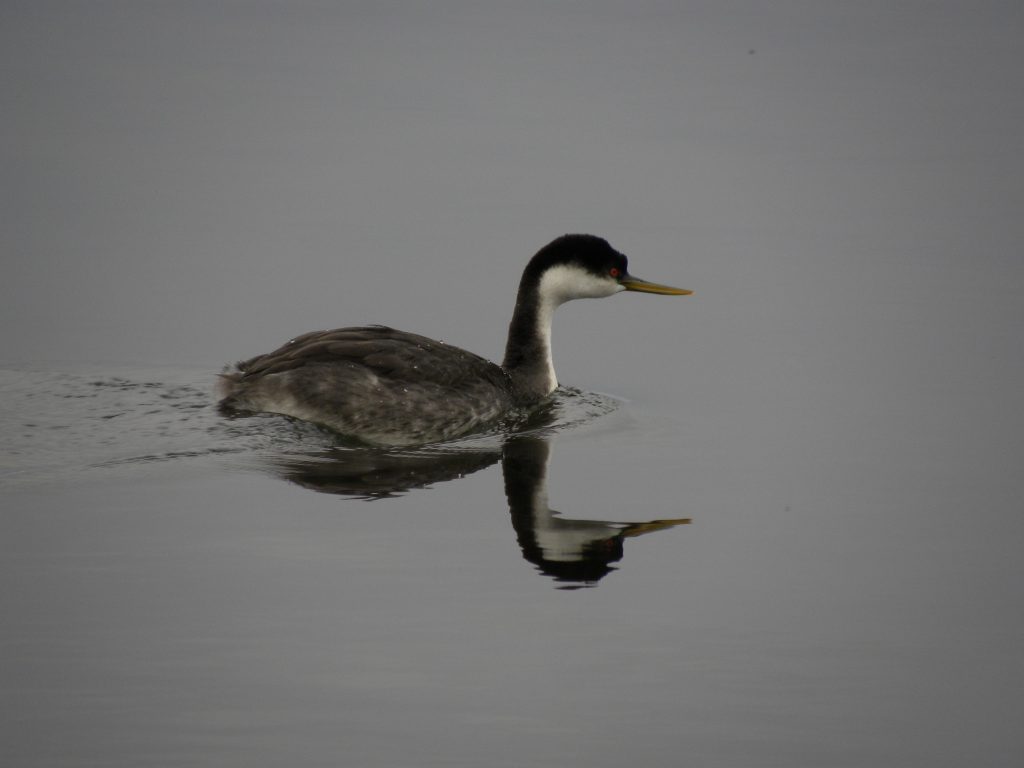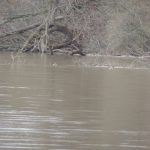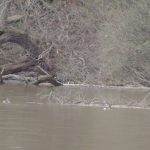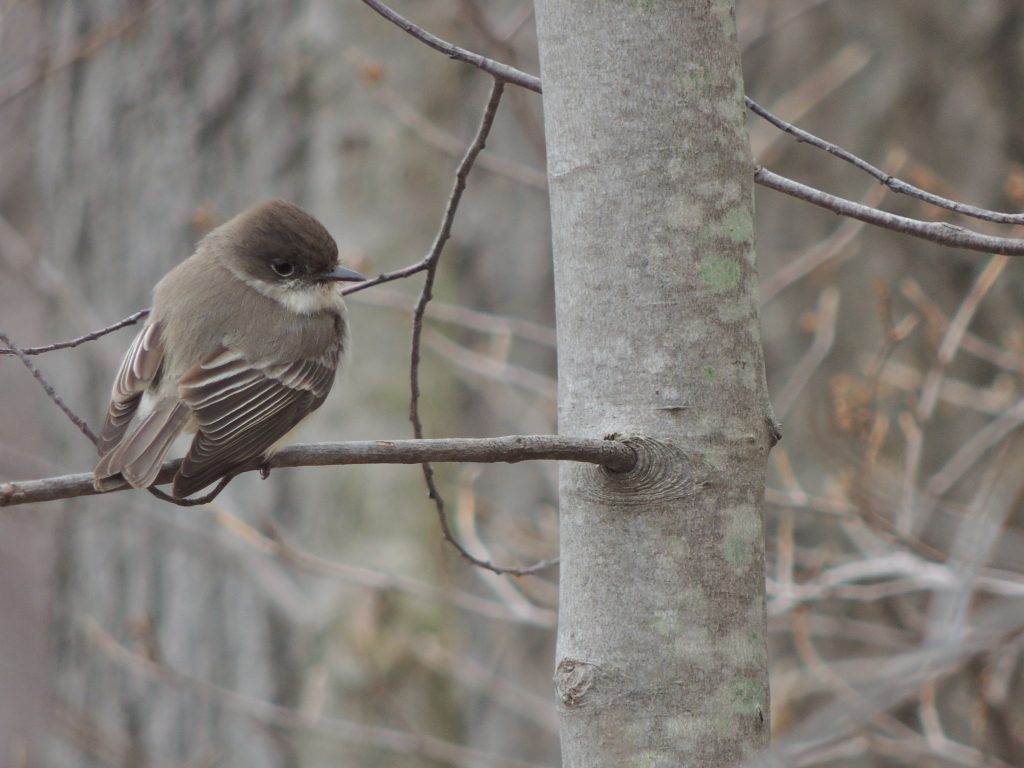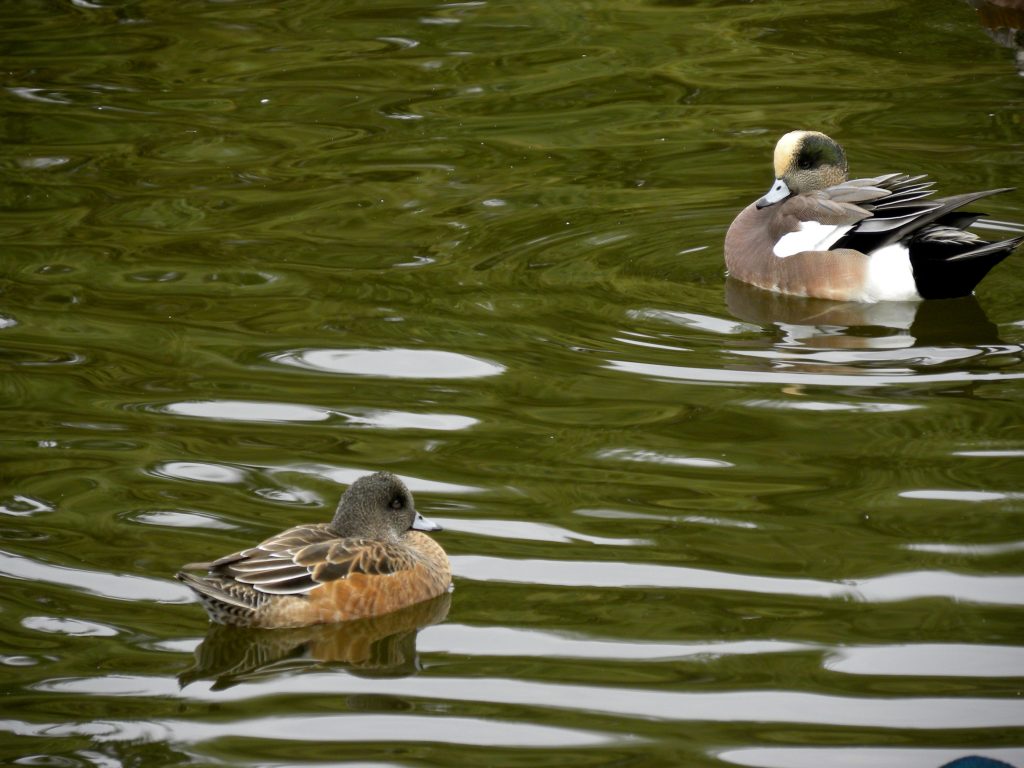25 April 2017. Reynold Gardens, Winston Salem, North Carolina. Tomorrow I work helping a friend and Friday I’ll be driving for twelve hours, but today I have a birding day to myself in North Carolina; it’s my chance to get a jump on spring. I had thought I’d venture up into the Appalachian Mountains where spring’s unfolding is legendary. But I was cautioned in advance that spring came extraordinarily early and if it was spring ephemeral wildflowers I was interested in, I’d be too late. In any case it’s a very long drive to the mountains on roads I don’t know, and its all so novel anyway, so I opted to take a short drive to Winston Salem (home of the tobacco industry) to explore the grounds of the Reynolds Estate.
I was astonished by how much further ahead spring is here compared to home in southern Ontario which is just seven degrees of latitude north. It is almost like summer here, and it shouldn’t be. The broadleaf forest canopy is fully open, Flowering Dogwood and spring azaleas have finished flowering and Tulip Trees are now in flower. In comparison Ontario’s Tulip Trees flower in mid-late June, another two months from now.
This can’t be right! There will be migrant birds arriving, expecting, perhaps depending upon, an invertebrate food source that has already been and gone. Whether any of the birds of today were baffled by the state of the seasons I don’t know. But I enjoyed a full day, a lot of walking and getting reacquainted with many of our familiar landmark birds-of-spring. Almost my first birds were a couple of Worm-eating Warblers, a species I don’t think I’ve ever seen before. Although I have a recollection of having one pointed out to me about thirty years ago, I remember that I was distracted and it was little more than a skulking shadow. I count today’s as my firsts. They should have excited me I suppose but seeing them was a reminder that there are a number of species here in North Carolina that we don’t see in Ontario and that I’d better be on my toes; I needn’t have worried, there were no more challenging strangers.
I filled a page of my notebook with sightings. New for me this year included: Great Crested Flycatcher, Eastern Towhee, House Wren, Gray Catbird and Scarlet Tanager. There were several Blue-headed Vireos and Red-eyed Vireos, and in the warbler family, Ovenbird, Yellow-rumped Warbler, Black and White Warbler and a couple of sensational, male Black-throated Blue Warblers.
It was in the thrush family that I found my best birds. Shy may not be quite the right word for thrush behaviour, perhaps retiring is a better choice, whichever, they certainly they don’t stand for close encounters with people. Only the Hermit Thrush seems to have much tolerance for onlookers, that may be because some of them manage to over-winter in southern Ontario and turn to whatever food source they can, regardless of who’s watching. I was privileged with a handful of sightings of thrushes: one Hermit Thrush; at least five Wood Thrushes, distinctive with their boldly spotted breasts and ethereal, forest floor, ‘ee-o-lay’ song; and my best, my Birds of the Day, were a pair of Veerys.
My first Veery I first spotted hastening away from me, it felt safer behind an old chain-link fence. I waited quietly until it saw me as less of a threat and happily wandered to where I could see it well and even photograph it quite clearly. Another Veery joined it and, as a bonus, they were joined by a Blue-headed Vireo and a Black-throated Blue Warbler, all obligingly well out in the open.
